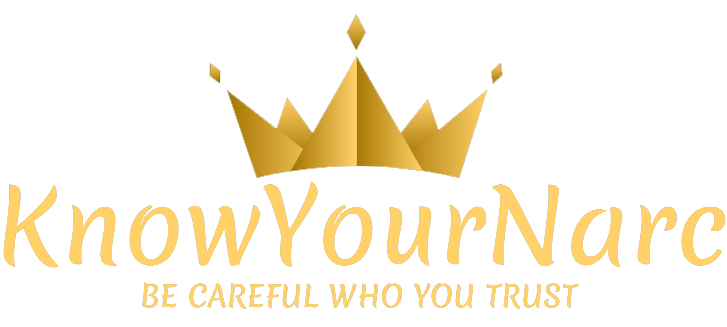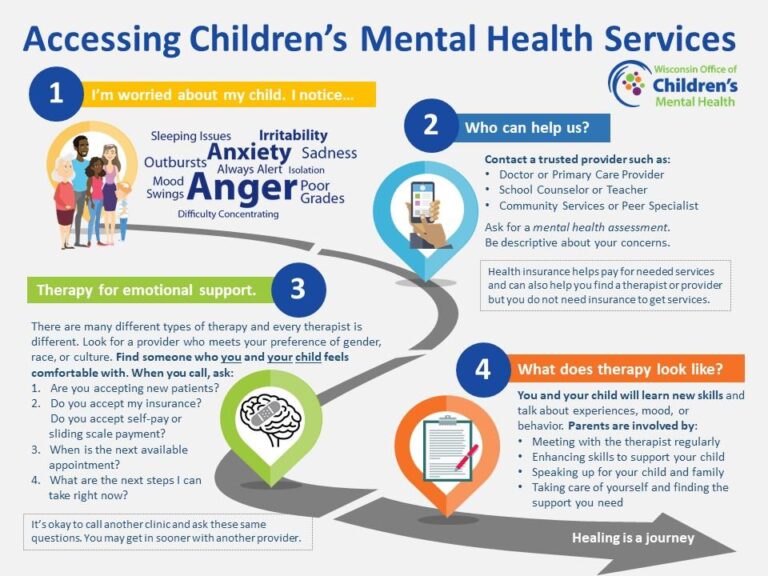Healing is often seen as a solitary path—something deeply personal that only we can navigate. But my journey taught me otherwise. It was the unwavering support of my community—the friends who checked in, the neighbors who offered a kind word, and the groups that welcomed me with open arms—that truly shaped my recovery. In this post, I want to share how leaning on others transformed my healing experience from an isolating struggle into a shared journey of strength, hope, and connection.
Table of Contents
- Finding Strength in Shared Stories and Experiences
- The Role of Active Listening and Empathy in Recovery
- Building a Network of Encouragement and Accountability
- Practical Tips for Cultivating Supportive Relationships in Healing
- To Conclude
Finding Strength in Shared Stories and Experiences
When I first began sharing my story, I was overwhelmed by the courage it took to be vulnerable. However, it was within this exchange of personal experiences that I found an unexpected wellspring of strength. Listening to others’ journeys illuminated the universality of pain and resilience, proving that I was never truly alone in my struggles. This shared space became a sanctuary where empathy thrived, and healing was not a solitary pursuit but a collective embrace.
What made this experience truly transformative were the moments of connection that emerged from simple acts of listening and understanding. In this nurturing environment, I discovered:
- Validation — Realizing that my feelings were legitimate and mirrored by others.
- Encouragement — Gaining motivation through hearing stories of recovery and hope.
- Empowerment — Feeling equipped to face challenges with renewed confidence.
These elements formed the backbone of my healing process, reminding me that strength is often found not in isolation, but in the rich tapestry of shared human experience.
The Role of Active Listening and Empathy in Recovery
One of the most transformative elements in my recovery was discovering the power of truly being heard. When someone listens with genuine attention, it creates a safe space where vulnerability can flourish without judgment. This active listening validated my feelings and gave me the courage to face my fears. I found that the simplest acts —
- nodding in understanding,
- maintaining eye contact,
- and reflecting back what I shared —
were profound lifelines that anchored me through emotional storms. It wasn’t just about hearing words; it was about feeling seen and acknowledged in a way that words alone couldn’t express.
Empathy went beyond sympathy in my journey; it was the bridge that connected me to others who understood my struggle. This shared experience helped dissolve isolation, reminding me I wasn’t navigating recovery alone. With empathy, conversations became powerful tools of healing, allowing me to internalize compassion and extend it toward myself. The warmth and patience from those around me weren’t just comforting—they actively rewired my thinking, nurturing resilience and hope for a brighter future.
Building a Network of Encouragement and Accountability
In the midst of my healing journey, I discovered that surrounding myself with genuine, like-minded individuals was a game-changer. These were the people who not only celebrated my progress but also held me accountable during moments of doubt and struggle. Their presence created a safe space where vulnerability wasn’t a weakness but a powerful tool for growth. I found that building such connections required intentionality—reaching out, sharing openly, and embracing both support and honest feedback.
What made this network particularly impactful was the blend of encouragement and accountability. My circle included:
- Friends who checked in regularly, reminding me of my strength when I forgot it myself.
- Mentors who provided wisdom and perspective, helping me to stay on course.
- Peers walking similar paths, offering empathy without judgment and sharing practical coping strategies.
Together, they formed the heartbeat that kept my healing alive, teaching me that recovery is not a solitary fight but a collective journey fueled by shared commitment and care.
Practical Tips for Cultivating Supportive Relationships in Healing
Building strong, supportive relationships starts with openness and vulnerability; it’s about allowing others to see your authentic self without fear of judgment. I found that sharing my story honestly invited others to connect on a deeper level, fostering trust and empathy. Surrounding yourself with individuals who listen actively and validate your experiences can create a safe harbor during stormy times. Remember, support isn’t always about advice—sometimes, just being present is the most healing thing someone can offer.
Here are some practical steps that helped me nurture these connections:
- Reach out consistently: Even simple check-ins build reliability and show care.
- Engage in shared activities: Participating in group events or hobbies strengthens bonds organically.
- Practice gratitude: Expressing thanks reinforces positive dynamics and encourages ongoing support.
- Set healthy boundaries: Protect your well-being by communicating your limits clearly.
Each of these actions, no matter how small, is a thread in the fabric of a healing community that grows stronger with time and intention.
To Conclude
As I look back on my healing journey, one truth stands out above all: I did not walk this path alone. The unwavering support of my community—friends, family, mentors, and even kind strangers—became the lifeline that carried me through my darkest moments. Their encouragement, understanding, and shared strength transformed what felt like an impossible climb into a path of hope and resilience. Healing is rarely a solo endeavor, and through opening myself to others, I discovered not only recovery but also a profound sense of connection and belonging. If there’s one thing I’ve learned, it’s that community isn’t just a word—it’s a powerful force that can shape, heal, and uplift in ways we often don’t expect. So, if you’re on your own journey, remember: reaching out could be the first step toward finding your healing too.

